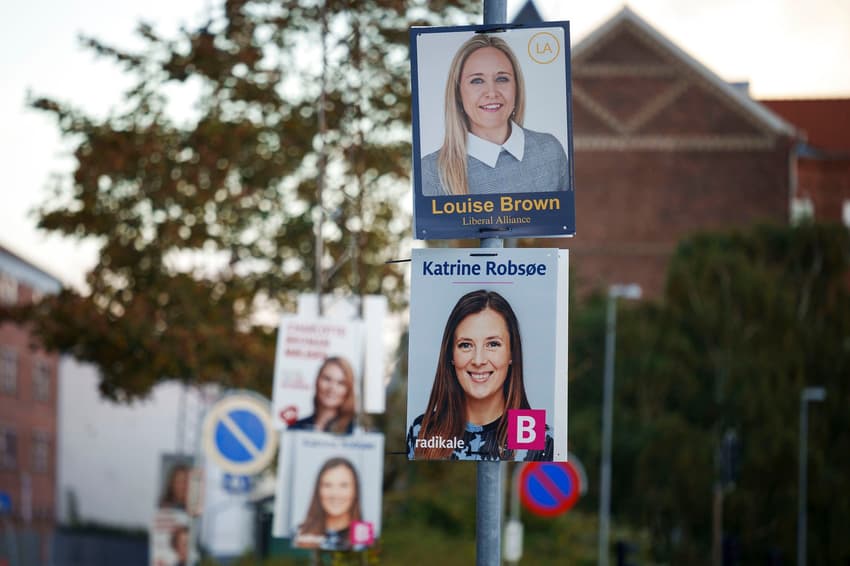Denmark has more women in parliament than ever before

Over 44 percent of Denmark’s elected members of parliament are women, the highest proportion in the country’s history.
Denmark is approaching equal representation between men and women in parliament with 79 women elected to parliament during Tuesday’s election.
The number corresponds to 44.13 percent of the total 179 seats, news wire Ritzau reports.
Previously, the highest percentage of women in parliament was 39.1 percent. This occurred at both the 2011 and 2019 elections. As such, Tuesday’s result brings representation for women over 40 percent for the first time.
According to Ritzau’s count, 79 women and 100 men will make up the 179 lawmakers in the newly-elected parliament.
Denmark elected women to parliament for the first time in 1918, when four women – Karen Ankersted, Mathilde Malling Hauschultz (both Conservative party), Helga Larsen (Social Democrats) and Elna Munch (Social Liberals) made history as the first female Danish MPs.
Acting Prime Minister Mette Frederiksen received the most votes of any candidate of all genders running in the 2022 election. Frederiksen was voted for personally by 60,837 people.
A total of 1,014 candidates competed for the 179 seats in parliament. 389 were women.
Ritzau notes that its count does not take into account that some candidates may identify as a different gender than the one on their birth records.
Comments
See Also
Denmark is approaching equal representation between men and women in parliament with 79 women elected to parliament during Tuesday’s election.
The number corresponds to 44.13 percent of the total 179 seats, news wire Ritzau reports.
Previously, the highest percentage of women in parliament was 39.1 percent. This occurred at both the 2011 and 2019 elections. As such, Tuesday’s result brings representation for women over 40 percent for the first time.
According to Ritzau’s count, 79 women and 100 men will make up the 179 lawmakers in the newly-elected parliament.
Denmark elected women to parliament for the first time in 1918, when four women – Karen Ankersted, Mathilde Malling Hauschultz (both Conservative party), Helga Larsen (Social Democrats) and Elna Munch (Social Liberals) made history as the first female Danish MPs.
Acting Prime Minister Mette Frederiksen received the most votes of any candidate of all genders running in the 2022 election. Frederiksen was voted for personally by 60,837 people.
A total of 1,014 candidates competed for the 179 seats in parliament. 389 were women.
Ritzau notes that its count does not take into account that some candidates may identify as a different gender than the one on their birth records.
Join the conversation in our comments section below. Share your own views and experience and if you have a question or suggestion for our journalists then email us at [email protected].
Please keep comments civil, constructive and on topic – and make sure to read our terms of use before getting involved.
Please log in here to leave a comment.